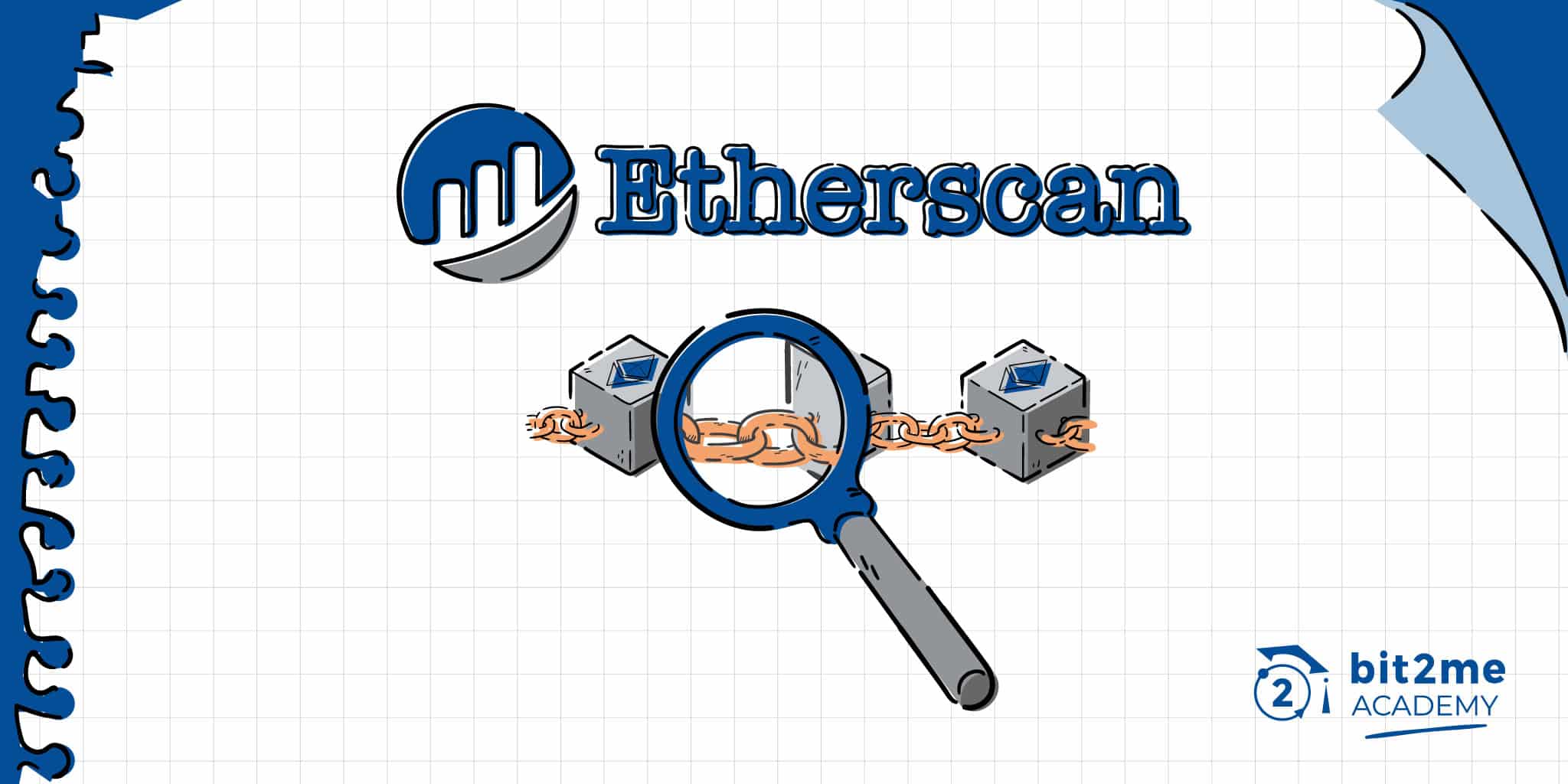Why-Webhooks-and-Whale-Watching-Are-Game-Changers-
Why Webhooks and Whale Watching Are Game-Changers for Crypto Traders
Whoa! Ever felt like you’re chasing your own tail in crypto trading? Yeah, me too. The market moves lightning fast, and if you blink, you might miss that whale dumping a million worth of tokens or a flash loan arbitrage that shakes a DEX hard. Here’s the thing: relying on manual checks or clunky alerts just doesn’t cut it anymore. You need tools that work for you, not the other way around.
So, imagine hooking up your Telegram bot directly to on-chain data streams. No more refreshing dashboards, no more FOMO-induced panic trades. Instead, instant notifications when a token unlocks, when whales shift their positions, or when slippage spikes beyond a safe threshold. This isn’t sci-fi—it’s happening now, and it’s reshaping how savvy traders play the game.
Initially, I thought tracking whales was just about following big wallets on Etherscan. But then I dug deeper—what if you could automate that? That’s where webhooks come in. They push data to your bot in real-time, slicing through the noise and delivering only the signals that matter. Actually, wait—let me rephrase that—it’s like having a personal assistant who’s obsessed with the blockchain and never sleeps.
But hold on, it’s not all sunshine. On one hand, you get these powerful alerts that can help you ride yield farming waves or hedge against impermanent loss. On the other, if your bot goes haywire or sends false positives, you risk overtrading or panic selling. So yeah, managing cognitive overload is crucial here.
Really? Yes, really. Because the crypto space isn’t just about numbers—it’s a psychological battlefield. Traders wrestle with loss aversion, anchoring bias, and that classic disposition effect where you hold losers too long and sell winners too soon. Tools that factor in behavioral alpha—nudging you to act smarter—are the secret sauce.

Webhooks: Your Market Sentinels
Okay, so check this out—webhooks are like the unsung heroes of crypto automation. Instead of you pulling data, the blockchain whispers critical events directly to your Telegram bot. For example, when a whale moves tokens worth millions or liquidity pool dynamics shift, your bot gets a ping. No lag, no hassle.
My instinct said, “This sounds too good to be simple.” But after integrating webhooks into my trading setup, I realized how they slash reaction times. The delay between a whale’s move and your response can mean the difference between a fat profit and a nasty loss.
And if you want to peek under the hood, https://etherscanner.github.io offers some killer tools for on-chain analytics. Seriously, it’s like having a microscope for the Ethereum blockchain.
Now, I’ve experimented with multichart correlation and cross-DEX arbitrage signals hooked to Telegram bots. The setup isn’t trivial—you need to understand gas-fee optimization and be wary of flash-loan arbitrage that can skew your data. But once you get the hang of it, it’s like having eyes everywhere.
On the downside, the flood of alerts can trigger FUD if you’re not careful. That’s where nudge design and behavioral coaching bots come into play. They help filter noise and focus your attention on signals that truly matter.
Whale Tracking and FOMO Management: The Behavioral Edge
Whale tracking isn’t just about ego or shiny numbers. It’s about spotting early demand signals before the herd jumps on board. When a few big players move, it often triggers social sentiment shifts, lighting up the attention economy in crypto Twitter and Telegram channels.
But here’s a catch—if you blindly chase these moves, you’ll fall victim to the classic regret minimization trap. I know—I’ve been there. My gut told me to buy right after a massive whale buy, only to watch prices dump the next day. Ouch.
Actually, wait—let me break down why this happens. Whales often execute mirror trades or subtle exit strategies that aren’t obvious on first glance. Without tools analyzing MEV (Miner Extractable Value) and slippage patterns, you’re flying blind.
On the behavioral side, loss aversion and liquidation anxiety can push traders to overtrade or panic sell prematurely. Using smart-money indicators and liquidity heatmaps helps you stay grounded. The trick is to blend on-chain analytics with a dose of behavioral KPIs to keep emotions in check.
By the way, if you want to keep tabs on token unlock alerts or sector rotation trends, many Telegram bots now integrate DexScreener + Dune stacks to provide real-time insights. The ecosystem is evolving fast, but it’s also getting crowded. So filtering signals through risk maps and clarity framing becomes very very important.
Yield Farming and Impermanent Loss Hedging: The Technical Dance
Yield farming is like a high-stakes dance—you want to maximize returns without stepping on impermanent loss’s toes. Here’s what bugs me about most guides: they oversimplify the complexity of dynamic pool fees or cross-chain swaps. It’s not just about locking tokens and praying.
From my experience, one-click farming platforms can lure you into ignoring slippage protection or fee-tier arbitrage opportunities. And don’t get me started on curve wars and prisoner’s dilemma scenarios in liquidity pools. The strategic incentive design behind these pools demands a nuanced approach.
Speaking of nuance, gas-fee optimization is a dealbreaker. I’ve wasted way too much ETH on failed transactions because I ignored latency arbitrage and volatility vs liquidity tradeoffs. So, integrating these factors into your bot’s decision-making pipeline is a must.
On the bright side, advanced portfolio stress tests and DeFi insurance protocols are becoming more accessible. They don’t eliminate risks but help you budget your risk appetite intelligently, factoring in behavioral economics like sunk-cost fallacy and mental accounting.
Honestly, I’m biased, but if you want to master yield farming without getting burned, start by understanding the utility curves and incentive loops your pools are embedded in. It’s like knowing the choreography before the show starts.
Wrapping Up: Smarter Crypto Moves with Tech and Psychology
So, what’s the takeaway from all this? Crypto trading isn’t just a numbers game—it’s a mind game paired with cutting-edge tech. Webhooks and Telegram bots give you speed and precision, whale tracking adds context, and a solid grip on behavioral biases keeps your head clear when the market screams.
Yeah, the space feels overwhelming sometimes. Too many signals, too much noise, and your brain turns to mush. But by combining on-chain analytics tools—like those at https://etherscanner.github.io—with behavioral coaching and smart automation, you can cut through the chaos.
Remember, no tool replaces experience or gut feeling entirely. But with the right setup, you can dodge the worst of FOMO, impermanent loss, and overtrading. And maybe, just maybe, catch that sweet arbitrage before the bots do.
Anyway, I’m still fine-tuning my own system. The market changes, and so must we. But if you want to survive and thrive, start thinking of your bot not as a crutch but as an extension of your trading instincts. Trust me—it’s a game-changer.






